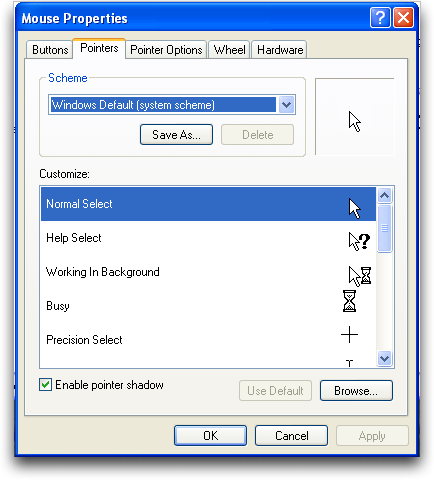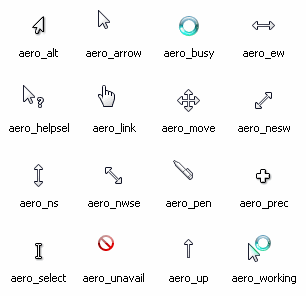
Today is Monday, October 26. Someone at Yahoo will go home tonight and, on
the way out, turn off geocities.com.
Update: Tue, 27 Oct 2009 15:17:50 -0400 Geocities is finally offline. Pages say:
Sorry, the GeoCities web site you were trying to reach is no longer available.
To commemorate it, I bought
geociti.es.
I intend to do what I can to keep
the Geocities pages on the web. I am part of the
Archive Team, an independent group of amateur
archivists racing to rescue the web from destruction at its own hand.
In late 1994, Geocities began offering free web hosting as
Beverly Hills Internet.
A decade ago, Yahoo bought Geocities. In December 1998,
one-third of all web users
visited the website. As recently as March 2009,
11.5 million unique visitors arrived there.
Today, according to
Alexa Site Info,
Geocities ranks somewhere between the New York Times and
the Washington Post in pageviews. And today, Geocities.com shouts:
GEOCITIES IS CLOSING ON OCTOBER 26, 2009.
Tomorrow, Geocities' website will be closed for good if Yahoo sticks to
that promise.
The amount the Archive Team has downloaded is around one terabyte. That's
all we seem to be able to reach; many pages were deleted months ago when
the archiving effort began. The archiving is continuing as I write this.
Think of it. Fifteen years of history, memories for millions of people, the
birth of a generation on the web. More personal embarrassment than all the
POG games put together. It fits on an $80 piece of storage equipment -- at
least, that's what we managed to find before Yahoo erases it all.
Initially, when I met Jason Scott of the Archive Team, he told me he wanted
to download Geocities and share it by mailing hard drives around. I told
him I wanted to hoist it back on the Web. He came around, and we and the rest
of the Archive Team have put Geocities back online.
Geociti.es is not the greatest website in the world, no.
This is just a tribute.
P.S. Major thanks to
John Joseph Bachir
for the paperwork assist.
 A couple of weeks ago,
Lucas Nussbaum wrote about his experience at the Ubuntu Developer Summit.
Two things stuck out at me:
A couple of weeks ago,
Lucas Nussbaum wrote about his experience at the Ubuntu Developer Summit.
Two things stuck out at me:
 Windows XP's mouse pointer, then, doesn't look like the one John Goerzen got.
They look like a bent version of the normal X11 pointers with inverted colors.
Windows Vista's mouse cursors do look like GNOME's (via
Windows XP's mouse pointer, then, doesn't look like the one John Goerzen got.
They look like a bent version of the normal X11 pointers with inverted colors.
Windows Vista's mouse cursors do look like GNOME's (via  For this reason, Windows Vista feels like a cheap knock-off of GNOME to me whenever I use it.
For this reason, Windows Vista feels like a cheap knock-off of GNOME to me whenever I use it.
 I tried
I tried